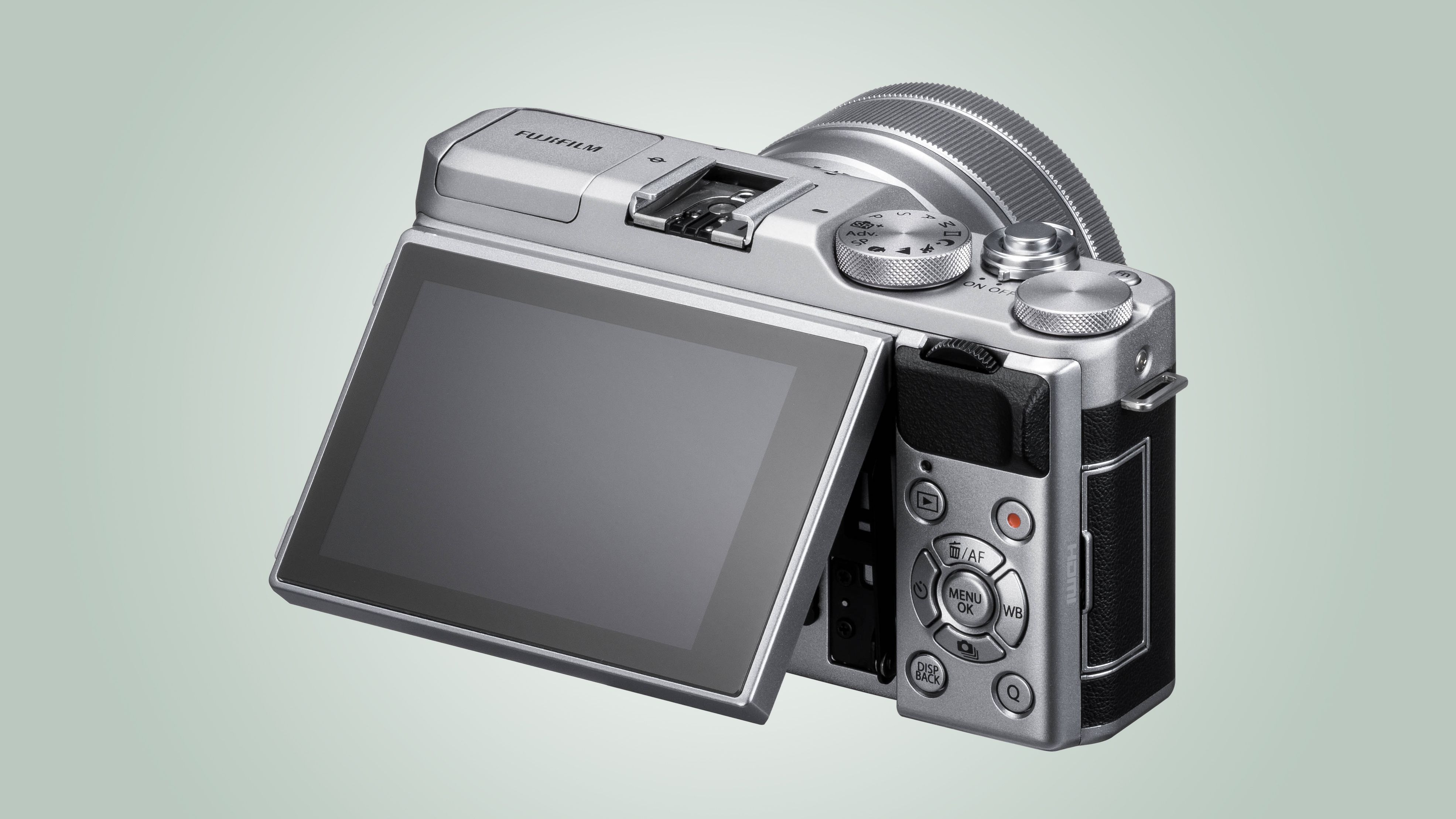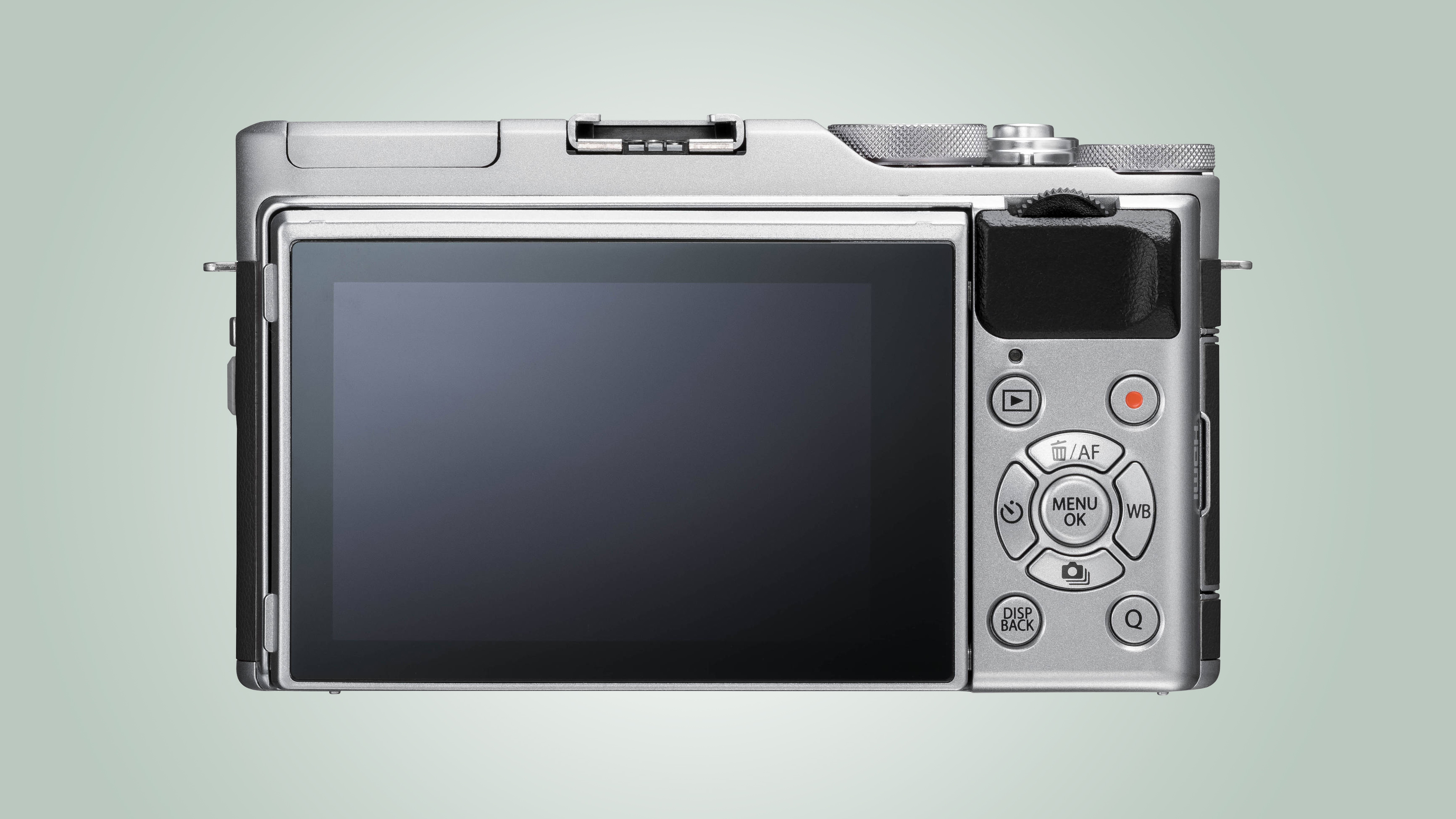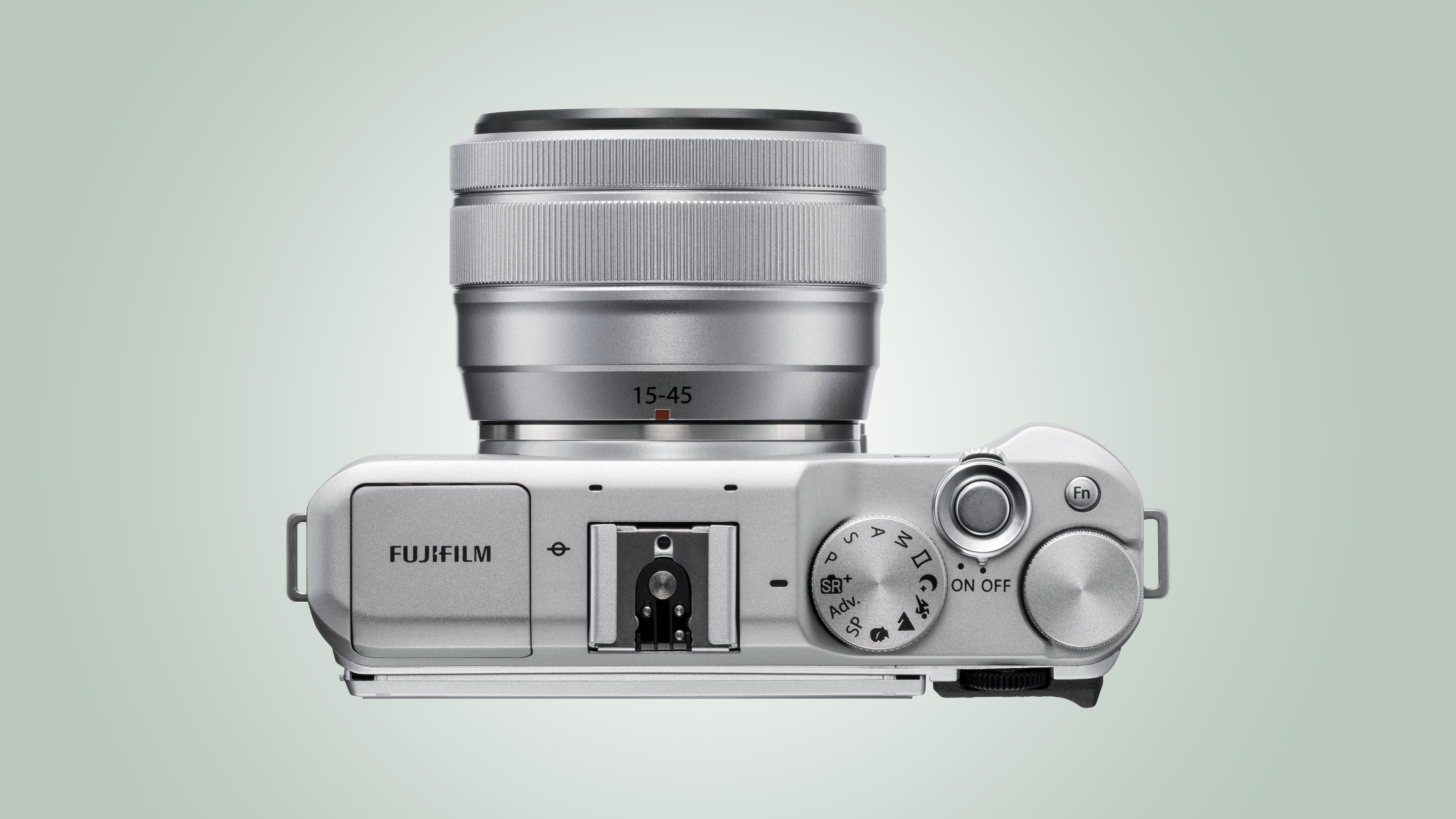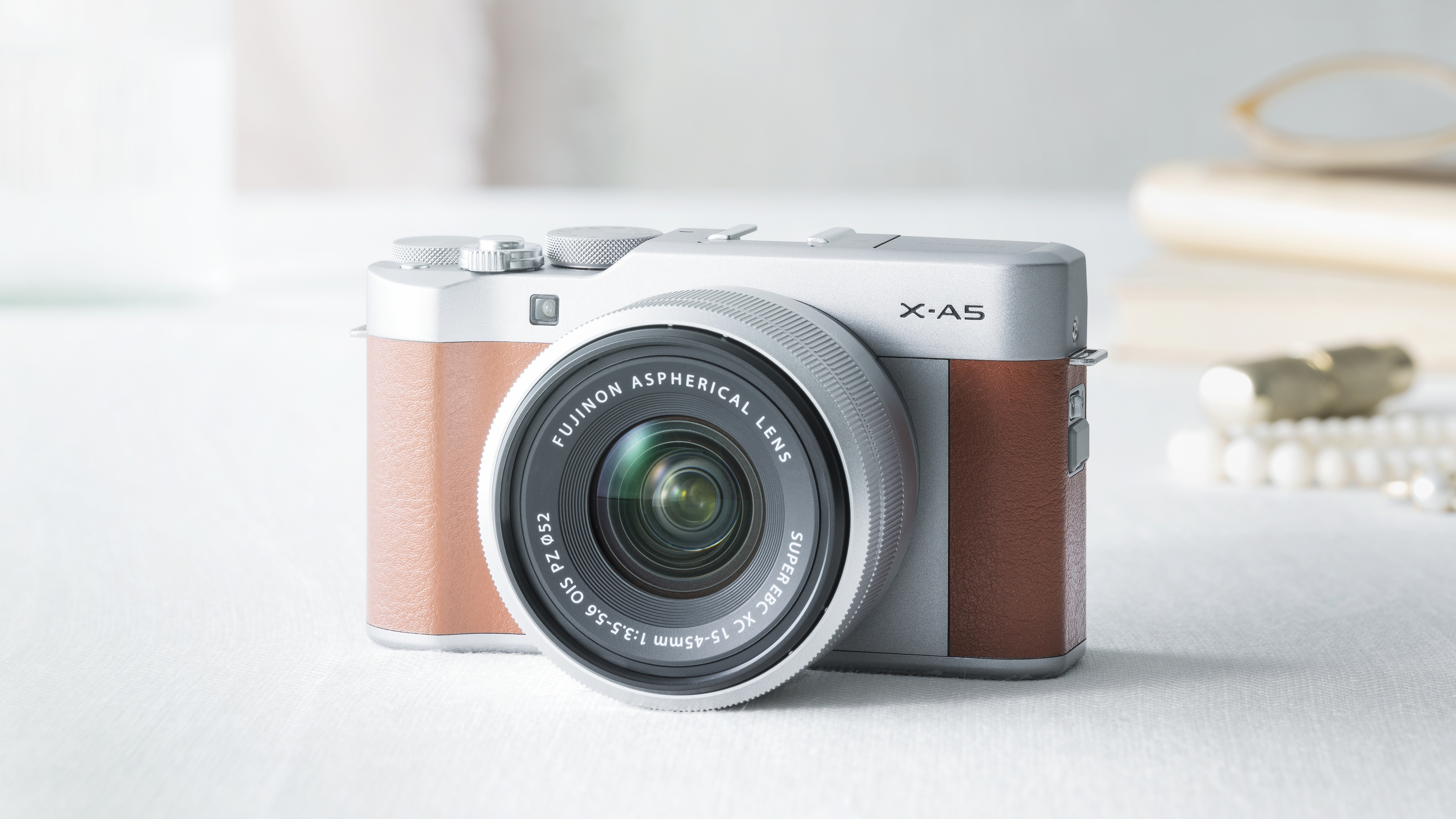Why you can trust TechRadar
Build and handling
- Comprehensive external controls
- Touch-focus and touch-shot modes
- Selfie mode with automatic eye detection
The Fujifilm X-A5 is designed with an attractive retro look, combining an aluminum body with leather-look trim in a choice of three colors: black, brown and pink. The new compact 15-45mm power zoom kit lens makes it more pocketable than previous entry-level Fujifilm mirrorless cameras, although if you put it side by side with the original X-A1 from way back in 2013 it’s clear that not much else has changed externally. In fact, all the major controls are exactly as they were on the X-A1, and the only real changes are some differences in the trim and materials, a few bevelled edges and maybe an extra millimeter or so in height.
That’s fine, because the X-A series cameras have been good-looking and ergonomically satisfying right from the start. There’s a good-sized mode dial on the top which lets you quickly choose between auto-everything mode, scene modes, effects filters and manual control, depending on your level of camera know-how and how much time you’ve got to fiddle with the settings.
To the right of the mode dial is an unmarked control dial that can be used to adjust various settings, but which is best employed for exposure compensation: if your pictures come out too dark or too light you can simply spin the dial to make an adjustment, shown on the LCD screen as a vertical scale of exposure values – there’s no need to get drawn into technicalities.
Just in front is the combined shutter release and power switch, and just to the right of that is a small function button which you can program to bring up the ISO, self-timer, image size and quality settings, film simulation mode and more.
Round the back of the X-A5 are four directional buttons arranged around a central Menu/OK button. These are used for menu navigation or setting the focus point position, depending on what you’re doing at the time, but they also double up as shortcut buttons for the self-timer, AF mode, white balance setting and drive mode (continuous shooting and bracketing modes).
Many more settings are available when you press the ‘Q’ button to bring up the Quick Menu screen. In fact, this has pretty much all the options you might want to change while shooting, and you may not need to dip into the main menu system very often.
And, as if all that isn’t enough, there’s a small clickable control wheel tucked away behind the rear thumb rest. You could easily miss it, but it's handy for scrolling through menu options and settings screens.




The X-A5's touchscreen display works very well. You can use it to change the focus mode or Film Simulation mode, but it’s not used for menu navigation and other settings changes – you use the regular buttons and dials for that. Its main function is focusing and shooting – you tap on the screen to set the focus point or, if you tap a small icon to enable ‘Shot’ mode, you can both focus and take the picture with a single tap. It’s simple, intuitive and effective, although it can be a little tricky to tap precisely on the tiny settings icons at the right edge of the screen when you’re in a hurry.
The selfie mode works brilliantly – once you understand what to do. When you first flip the screen up through 180 degrees the screen image is upside down and partly obscured by the top of the camera. What you have to do then is pull it up just a few more millimeters on a small sliding cantilever mechanism – if you don’t know it’s there you could easily miss it.
Like most of its rivals, the X-A5 will connect to your smart device via Wi-Fi and Bluetooth
Once you’ve got the screen in the right position the X-A5 activates its eye-focus feature, which automatically focuses on the subject’s eye (in other modes you can even choose which eye). All you have to do is compose your selfie face and press the shutter release, or use the touchscreen’s touch-shot feature if you find that easier. One-handed selfies are easy once you know where to place your fingers on the camera, although balancing the camera from a high viewpoint requires a strong grip; light as it is, the X-A5 still weighs a lot more than a smartphone.
Like most of its rivals the X-A5 will connect to your smart device via Wi-Fi and Bluetooth, although in our tests with an iPhone it wasn’t clear what the Bluetooth connection was achieving, as all the remote app functions seemed to require Wi-Fi, and although the camera should in theory be able to transfer pictures automatically, it wasn’t obvious how to actually make that happen unless the Wi-Fi connection was live.
Current page: Build and handing
Prev Page Introduction and key features Next Page Performance and image quality
Rod is an independent photographer and photography journalist with more than 30 years' experience. He's previously worked as Head of Testing for Future’s photography magazines, including Digital Camera, N-Photo, PhotoPlus, Professional Photography, Photography Week and Practical Photoshop, and as Reviews Editor on Digital Camera World.
